A history of pirates: Eye on the main chance | The Economist
+
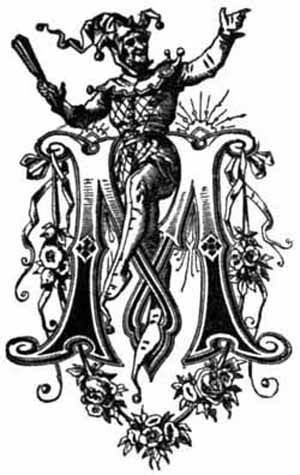
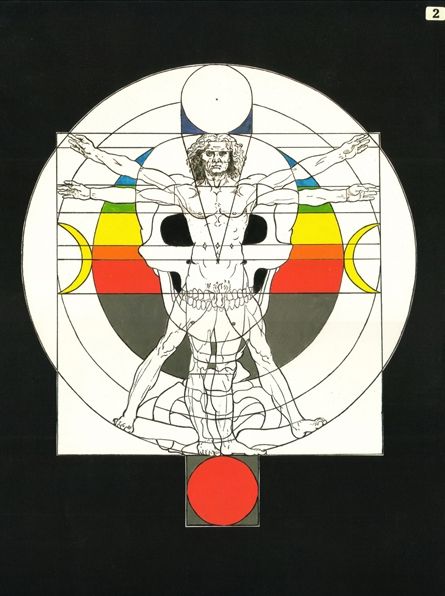

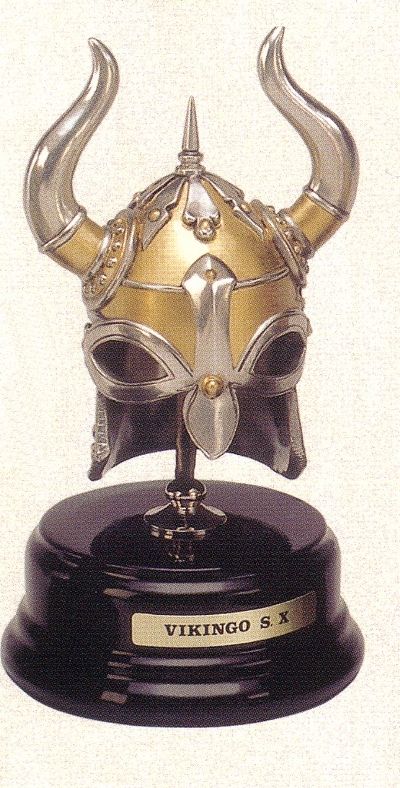
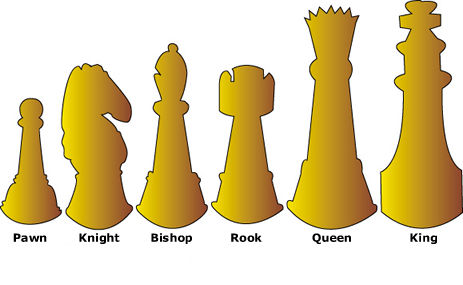
Geuzen - Wikipedia, the free encyclopedia
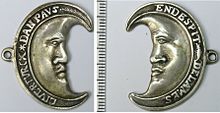
Watergeuzen Booker T & The Mg's - Back Home - YouTube
PAWN = GEBO + NAUTHIZ + INGUZ + ALGIZ .... AGNI ..... THE SACRIFICE OF THE LAMB ie : AGNI agnus - Wiktionary
agnus - Wiktionary
KNIGHT = MANNAZ + RAIDHO + TIWAZ + KENAZ
BISHOP = ANSUZ + LAGUZ + HAGALAZ + DAGAZ

ROOK = PERTHRO + THURISAZ + EIHWAZ + ISA
+
http://en.wikipedia.org/wiki/Tortuga_(Haiti)
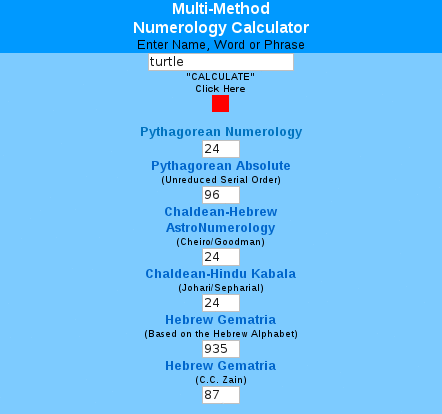

The land of Voodoo

Dec 15th 2012 |From the print edition
The Pirate Organisation: Lessons from the Fringes of Capitalism. By Rodolphe Durand and Jean-Philippe Vergne. Harvard Business Review Press; 208 pages; $22 and £14.99. Buy from Amazon.com, Amazon.co.uk
PIRATES get a bad press, or so Rodolphe Durand and Jean-Philippe Vergne conclude in their short history of the profession. Pirates are not marauding egotists who prize only bullion and rum, argue the two French professors; they are in fact heroic risk-takers who defy the excesses of capitalism and the tentacles of state control. Nor are they simply the hook-handed, peg-legged sea dogs of popular legend. Modern Blackbeards are hackers and gene-tinkerers. They will come to change capitalism for the better, Messrs Durand and Vergne think, as pirates often do.
.jpg)
Pirates have a long history, from plunderers of the Barbary coast to modern Chinese cybercriminals. St Augustine reported a convicted pirate’s testy exchange with Alexander the Great: “Because I have only one rickety ship, I’m called a bandit, and because you have a large fleet, you are called an emperor,” says the plucky seafarer. Defenders of internet freedom make similar stands. A 1996 act bringing in anti-indecency rules to the web “attempts to place more restrictive constraints on the conversation in cyberspace than presently exist in the Senate cafeteria,” said John Perry Barlow. Hackers rallied to his cause.
Piracy arises in the same way. Territory is discovered, be it the New World or the world wide web. The state seeks to impose laws and take ownership. Pirates resist. In doing so, the authors argue, they are fighting for a public cause. When the British granted a subcontinent to the East India Company, pirates raided ships to end the monopoly ( can also be ideological monopoly ) . Pirate radio stations struggled against the BBC’s grip on broadcasting. Cyberpirates want an internet for everyone, and so-called biopirates ignore laws on DNA manipulation with the aim of beckoning in genetic engineering for all. Some pirates are recruited by the state: Sir Francis Drake pilfered for England, and the Pentagon employs past hackers, too. But in the end, the state loses its monopoly. The pirates win.
) . Pirate radio stations struggled against the BBC’s grip on broadcasting. Cyberpirates want an internet for everyone, and so-called biopirates ignore laws on DNA manipulation with the aim of beckoning in genetic engineering for all. Some pirates are recruited by the state: Sir Francis Drake pilfered for England, and the Pentagon employs past hackers, too. But in the end, the state loses its monopoly. The pirates win.
Messrs Durand and Vergne make a point of welcoming the victory of pirates. This is surely wrong. Buccaneers were not freedom-fighters with eye-patches, but petty robbers, as repugnant as the imperialists they slew. Is all piracy to be welcomed? Terrorists who fight the state monopoly on nuclear weapons are pirates by the authors’ logic, but nukes for all may be a bad idea. Nevertheless, this is a stimulating book filled with new ideas. Philosophically minded land- lubbers will enjoy it just as much as barnacle-backs.
The Pirate Organisation: Lessons from the Fringes of Capitalism. By Rodolphe Durand and Jean-Philippe Vergne. Harvard Business Review Press; 208 pages; $22 and £14.99. Buy from Amazon.com, Amazon.co.uk
PIRATES get a bad press, or so Rodolphe Durand and Jean-Philippe Vergne conclude in their short history of the profession. Pirates are not marauding egotists who prize only bullion and rum, argue the two French professors; they are in fact heroic risk-takers who defy the excesses of capitalism and the tentacles of state control. Nor are they simply the hook-handed, peg-legged sea dogs of popular legend. Modern Blackbeards are hackers and gene-tinkerers. They will come to change capitalism for the better, Messrs Durand and Vergne think, as pirates often do.
.jpg)
Pirates have a long history, from plunderers of the Barbary coast to modern Chinese cybercriminals. St Augustine reported a convicted pirate’s testy exchange with Alexander the Great: “Because I have only one rickety ship, I’m called a bandit, and because you have a large fleet, you are called an emperor,” says the plucky seafarer. Defenders of internet freedom make similar stands. A 1996 act bringing in anti-indecency rules to the web “attempts to place more restrictive constraints on the conversation in cyberspace than presently exist in the Senate cafeteria,” said John Perry Barlow. Hackers rallied to his cause.
Piracy arises in the same way. Territory is discovered, be it the New World or the world wide web. The state seeks to impose laws and take ownership. Pirates resist. In doing so, the authors argue, they are fighting for a public cause. When the British granted a subcontinent to the East India Company, pirates raided ships to end the monopoly ( can also be ideological monopoly
 ) . Pirate radio stations struggled against the BBC’s grip on broadcasting. Cyberpirates want an internet for everyone, and so-called biopirates ignore laws on DNA manipulation with the aim of beckoning in genetic engineering for all. Some pirates are recruited by the state: Sir Francis Drake pilfered for England, and the Pentagon employs past hackers, too. But in the end, the state loses its monopoly. The pirates win.
) . Pirate radio stations struggled against the BBC’s grip on broadcasting. Cyberpirates want an internet for everyone, and so-called biopirates ignore laws on DNA manipulation with the aim of beckoning in genetic engineering for all. Some pirates are recruited by the state: Sir Francis Drake pilfered for England, and the Pentagon employs past hackers, too. But in the end, the state loses its monopoly. The pirates win.Messrs Durand and Vergne make a point of welcoming the victory of pirates. This is surely wrong. Buccaneers were not freedom-fighters with eye-patches, but petty robbers, as repugnant as the imperialists they slew. Is all piracy to be welcomed? Terrorists who fight the state monopoly on nuclear weapons are pirates by the authors’ logic, but nukes for all may be a bad idea. Nevertheless, this is a stimulating book filled with new ideas. Philosophically minded land- lubbers will enjoy it just as much as barnacle-backs.





Geuzen - Wikipedia, the free encyclopedia
Geuzen (French: Les Gueux, English: the Beggars)
Geuzen (French: Les Gueux, English: the Beggars) was a name assumed by the confederacy of Calvinist Dutch nobles and other malcontents, who from 1566 opposed Spanish rule in the Netherlands. The most successful group of them operated at sea, and so were called Watergeuzen (French: Gueux de mer, English: Sea Beggars). In the Eighty Years' War, the Capture of Brielle by the Watergeuzen in 1572 provided the first foothold on land for the rebels, who would conquer the northern Netherlands and establish an independent Dutch Republic. They can be considered either as privateers or pirates, depending on the circumstances or motivations.[1][2]

Watergeuzen Booker T & The Mg's - Back Home - YouTube
PAWN = GEBO + NAUTHIZ + INGUZ + ALGIZ .... AGNI ..... THE SACRIFICE OF THE LAMB ie : AGNI
 agnus - Wiktionary
agnus - WiktionaryKNIGHT = MANNAZ + RAIDHO + TIWAZ + KENAZ
BISHOP = ANSUZ + LAGUZ + HAGALAZ + DAGAZ

ROOK = PERTHRO + THURISAZ + EIHWAZ + ISA
http://en.wikipedia.org/wiki/Tortuga_(Haiti)
Tortuga (French: Île de la Tortue, IPA: [il də la tɔʁty]; Haitian Creole: Latòti; Spanish: Isla Tortuga, IPA: [ˈisla torˈtuɣa], Turtle Island) is a Caribbean island that forms part of Haiti, off the northwest coast of Hispaniola. It constitutes the commune of Île de la Tortue in the Port-de-Paix arrondissement of the Nord-Ouest Department of Haiti. The island covers an area of 180 km² (69 mi²)[1] and its population was 25,936 at the 2003 Census. In the 17th century, it was a major center of Caribbean piracy. Its tourist industry and reference in many works has made it one of the most recognized regions of Haiti.


The land of Voodoo


Originally posted by Michael C
View Post






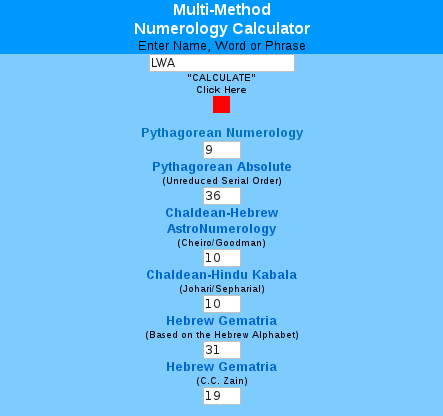
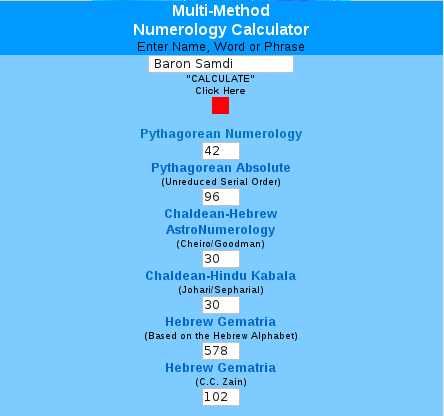

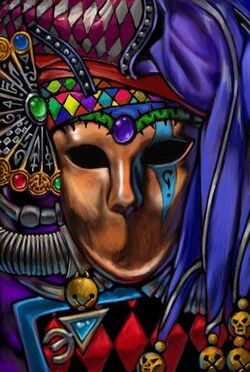





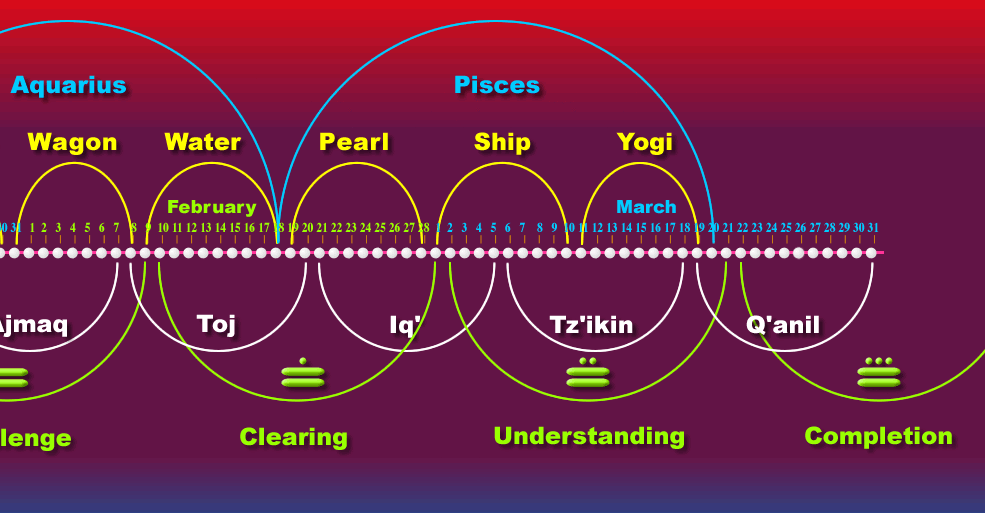

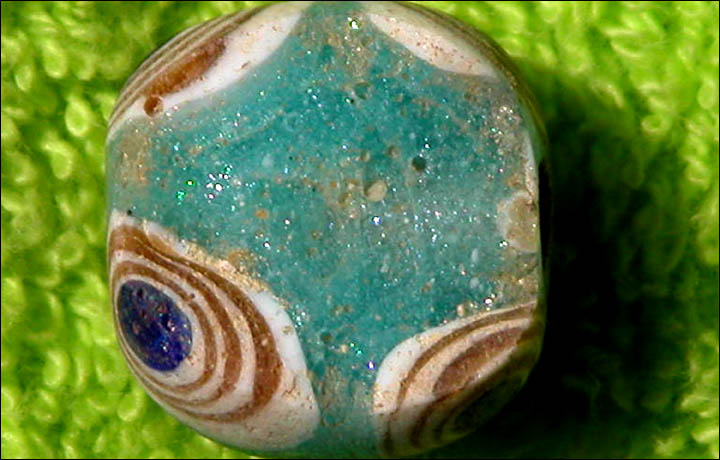
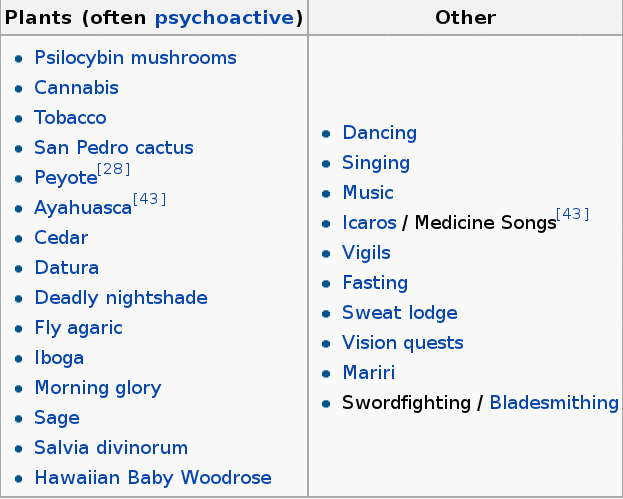

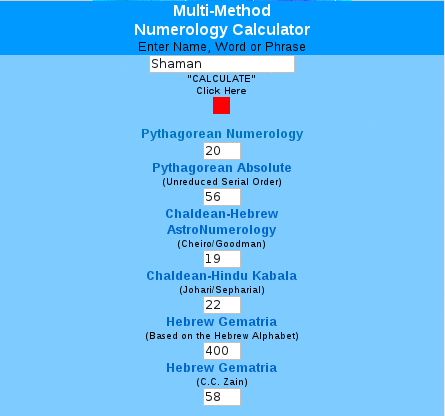




 ;
;






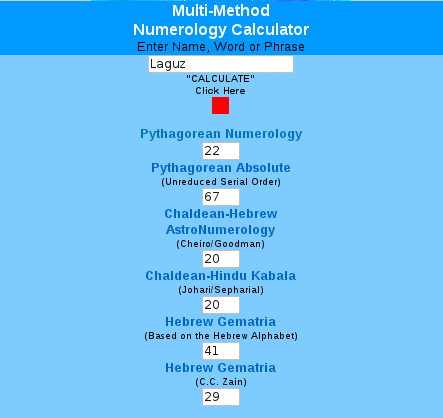
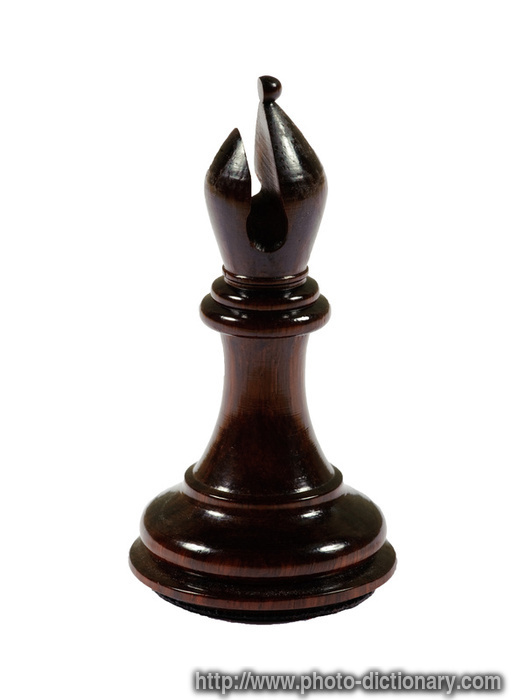
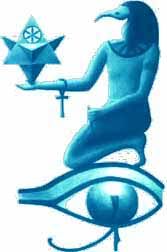

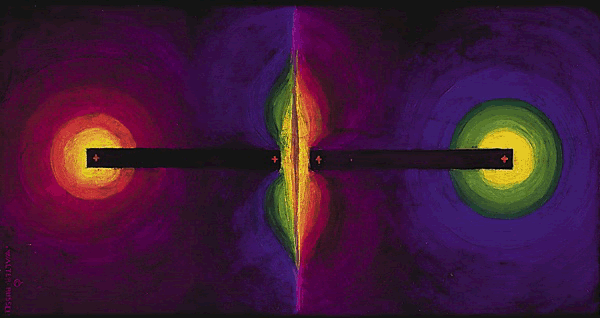

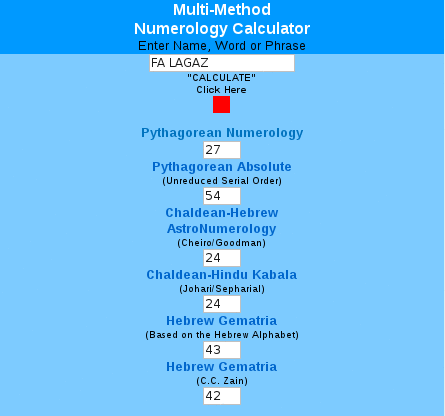
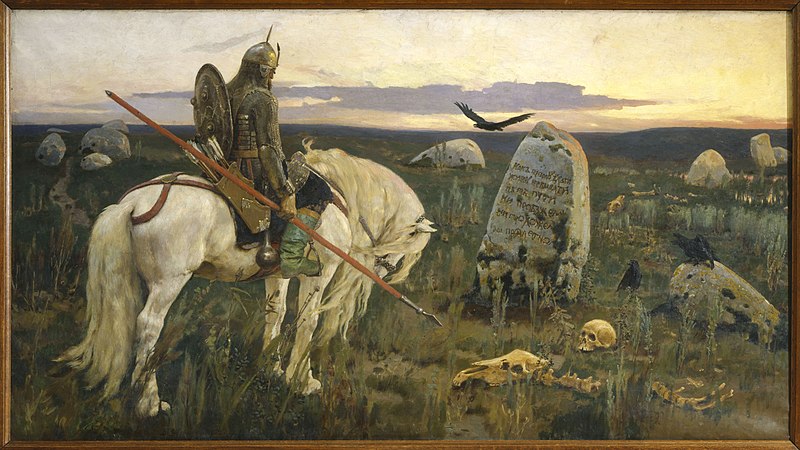

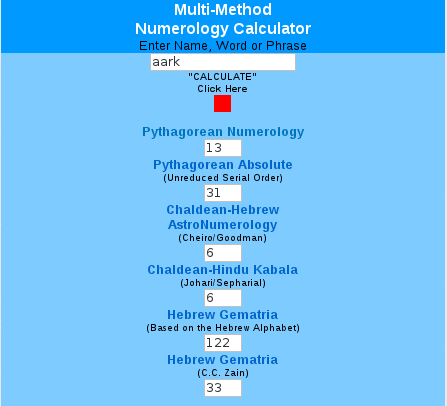





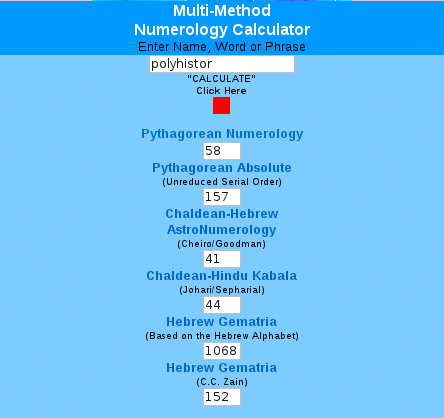

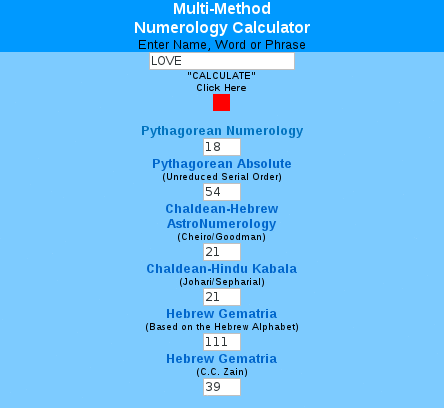



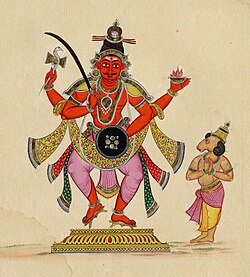

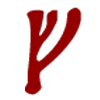
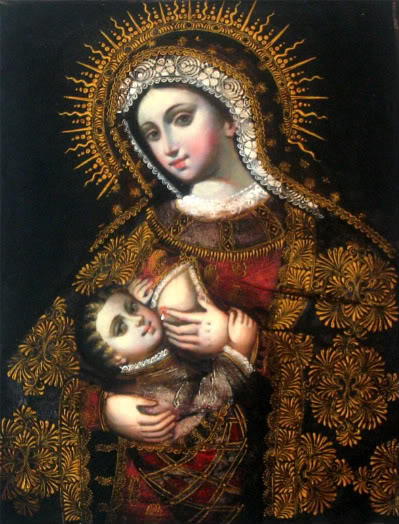

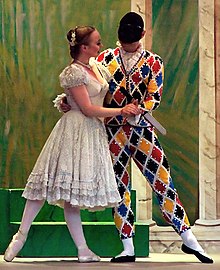
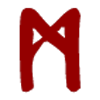
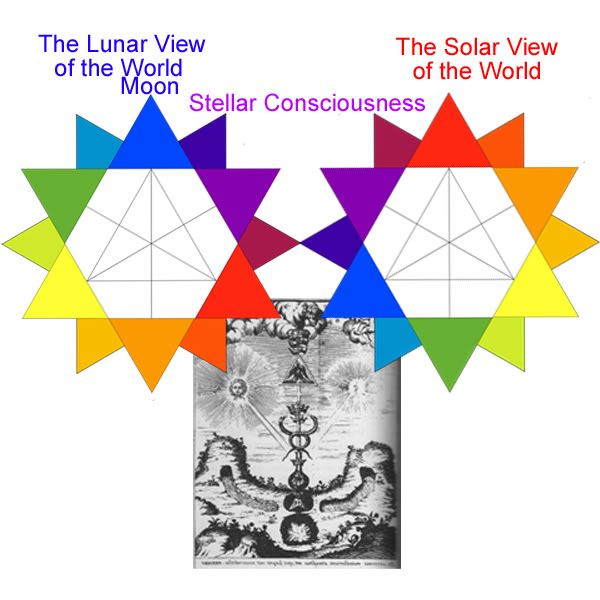



Comment